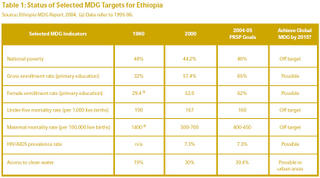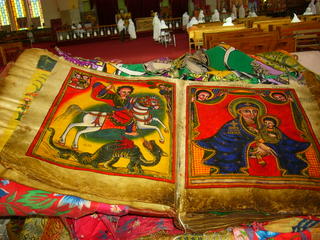MYSTERY OF THE (Blue) NILE

IMAX is a special type of cinema/theater where they play large screen movies or 3D movies, specially designed for this type of theaters.
There is an amazing documentary film directed by a Spanish filmaker, Jordi Llompart, called "Mystery of the Nyle". It is about an boat expedition along all Nyle river, from the birth of Blue Nile in Ethiopia to Alexandria, where water is poured into Mediterranean Sea, after crossing Ethiopia, Sudan and Egypt.
Despite sometimes it may look a little bit exaggerated the photography is breath-taking, and the adventure is worth seeing.
The boat-trippers start their tour in Lalibela (around Easter time), move then to Bahir Dar to enter the river through Tana lake. You can see how they descend Tis Isat (blue nile falls) and how they do Rafting through the wildest parts of the river, encountering Rinos and Crocodriles on their way.




